
New Zealand EV Scene – 2025
Russel Watson(New Zealand)
EV Uptake
The uptake of EVs continues to be depressed since the Government incentives (rebate and exemption from Road User Charges were removed). See figure 1
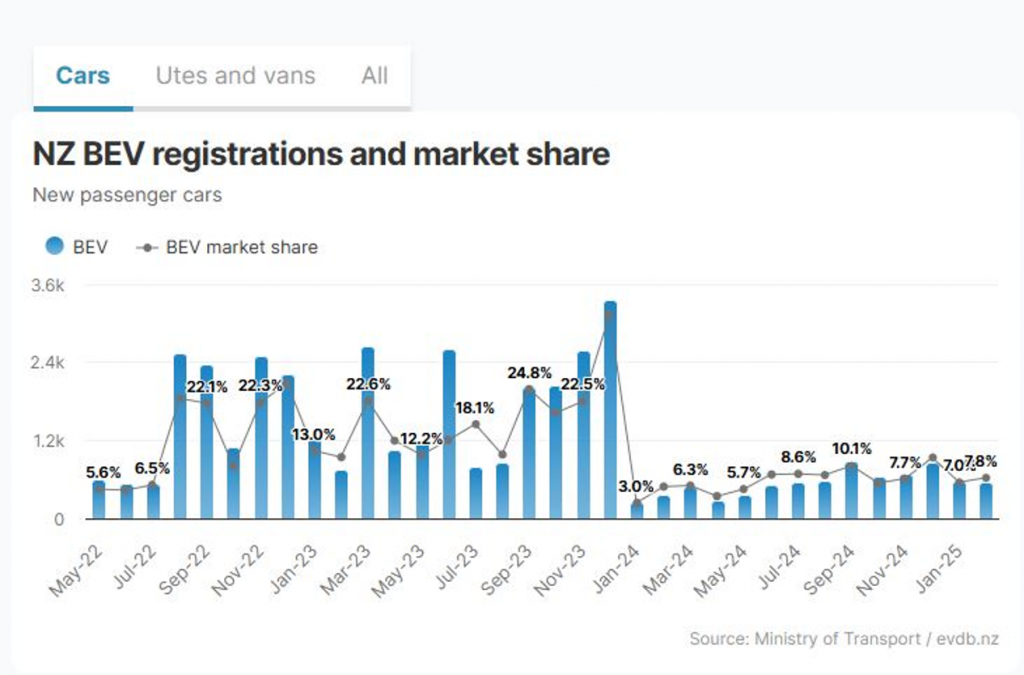
Figure 1: EV Passenger car registration (excludes used imports) as of 31 Jan 25
The total number BEV & PHEV now make up 2.7% of the New Zealand ‘light’ vehicle fleet and BEV 1.8% of the light vehicle fleet.
Despite the low number of new EVs coming into the New Zealand fleet there is a wide variety of makes and models of EVs available in New Zealand. Tesla, BYD, MG, Hyundai, Kia GWM and VW are more popular makes of EVs in New Zealand with most offering more than one model. Nissan has recently released Ariya in New Zealand. All-time top 5 EVs sold new in New Zealand are:
1. Tesla Model Y
2. Tesla Model X
3. BYD Atto 3
4. MG ZS EV
5. Hyundai Kona
While the Nissan Leaf is a very common EV, most have been used imports from Japan and the UK.
EV Prices
The slow sales of EVs have resulted in some makes and models of new EVs being offered at discounted prices. This has had a knock-on effect to used EVs prices dropping significantly. Some are predicting the price of new EVs may reach parity with IEC vehicle within the few years.
EV Road Trips
Unlike Japan New Zealand doesn’t have an extensive rail network and the rail network is primarily used for freight. Many people use private vehicles when travelling around the country for holiday.
In January this year my wife and I did a road trip from our home in Whangarei to visit family in Dunedin. The total driving distance was about 3,000km for the return trip. Note we did take our dog Tora on this trip.
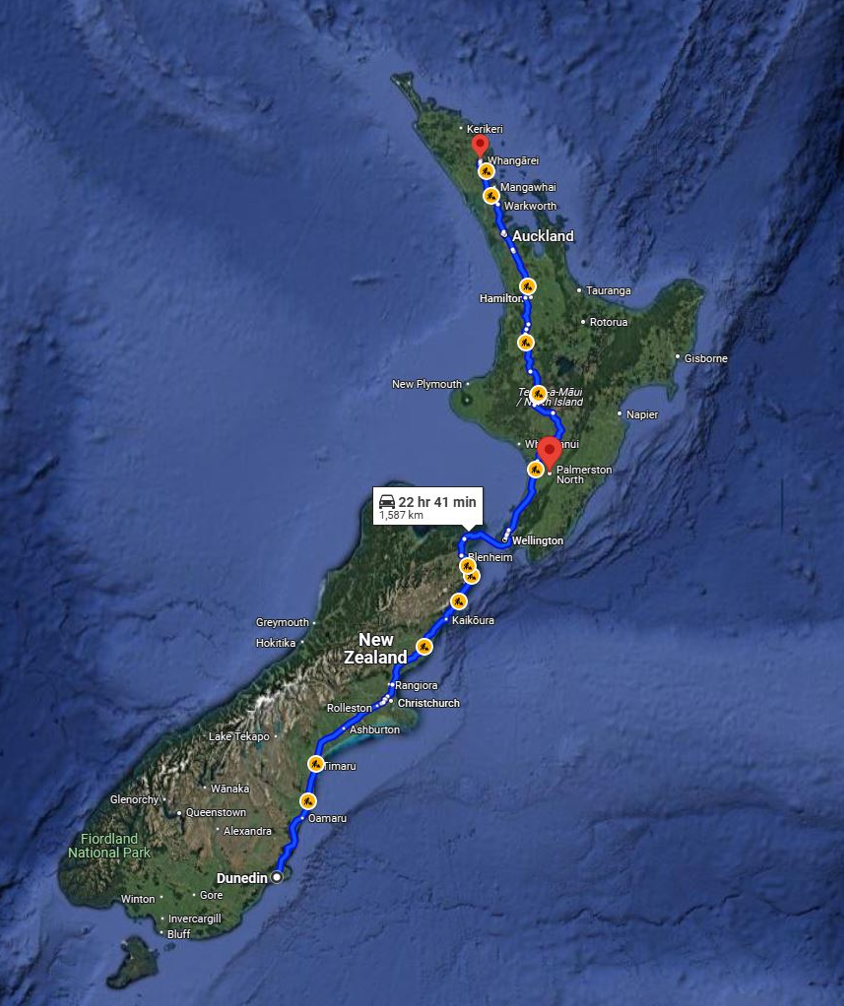
Figure 2: Map of the Journey
While there is some concern about the lack of EV charging and congestion at EV charging stations, this was not our experience. Often, we were the only EV charging. On most main driving routes in New Zealand the EV charging stations are placed well within the range of most EVs, the main exception being the West Coast of the South Island. While there are several EV charging operators, we used only Telsa and ChargeNet charging stations.
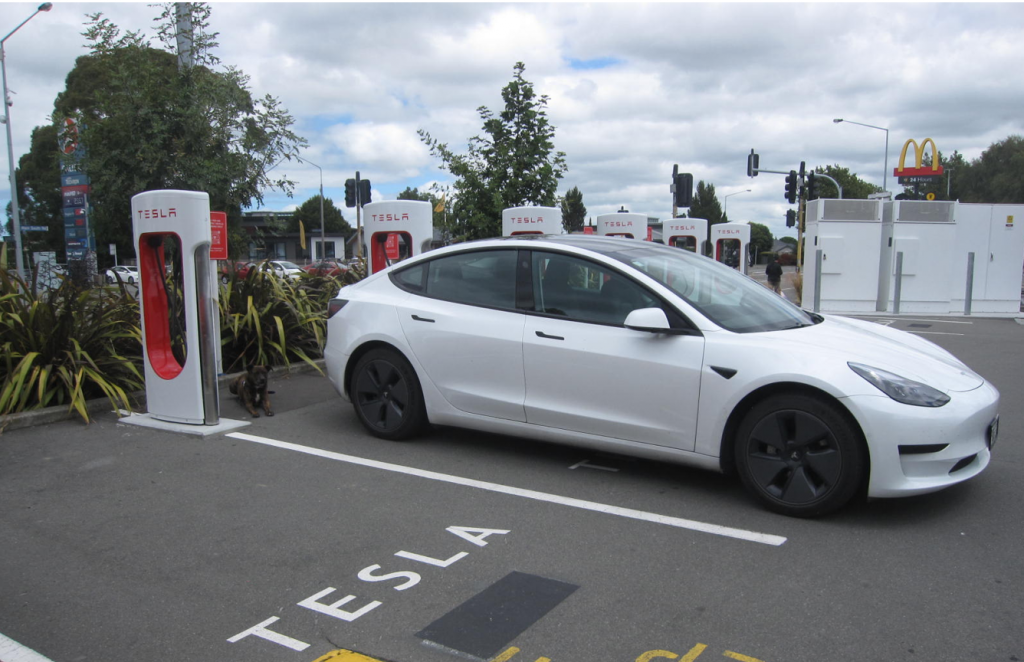
Figure 3: Charging in Christchurch, our dog Tora is waiting at the rear of the car
Tesla have recently allowed non-Tesla EVs to charge at the Tesla charging station by scanning the QR code and following the instructions, however my experience from this road trip would indicate that Tesla charging stations are not popular with non-Tesla EVs, or possible unaware they can charge.
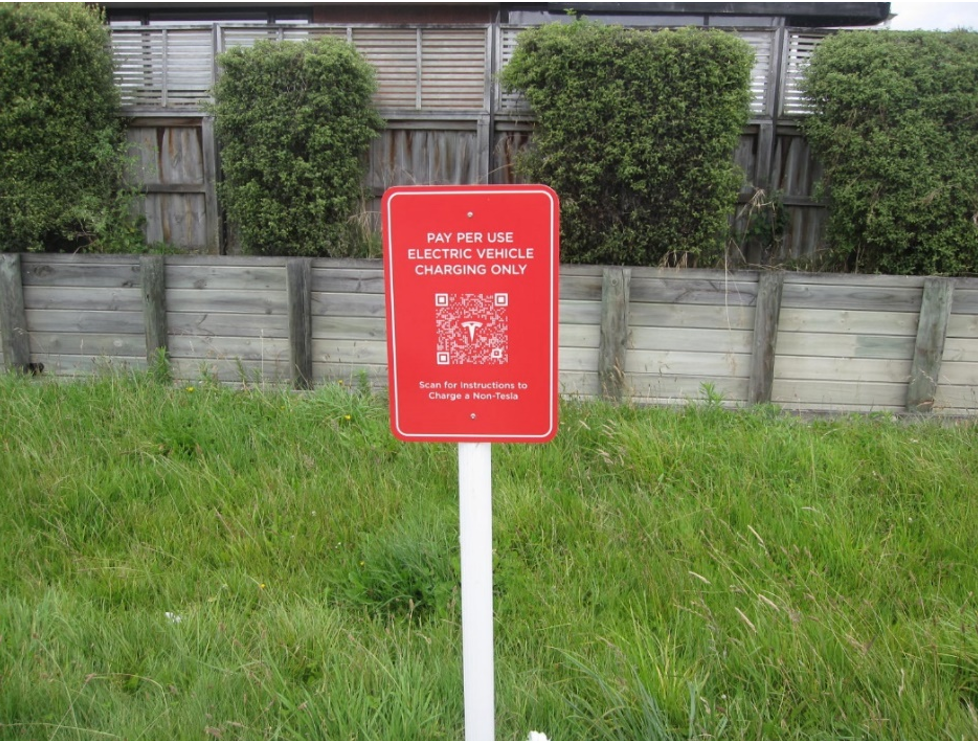
Figure 4: Instructions for non-Tesla EV
This was the 3rd road our Tesla (standard model 3) has undertaken to the South Island and our experience that an EV with comfortable highway driving range of 300km or more is ideal or these long road trips. We usually plan our rest breaks to also be our recharging stops. We also found it was not necessary to charge to 100% to reach our overnight destination, like most EVs the rate of charge does slow down as the battery nears full charge. The peak charging rate on the Tesla model 3 is around 120kW if the battery is at the optimum condition for charging, so you can take a significant amount of charge during a coffee break.
West Coast South Island
The most difficult journey for EVs is the drive up the west coast of the South Island (highway No6 & 63) the distance between charging stations is long (300km) and there is a limited number of chargers so a charger equipment fault could also be a problem. I travelled this route on a previous road trip back in March 2024 and while the mountain scene is very beautiful, but you would be advised to drive economically.
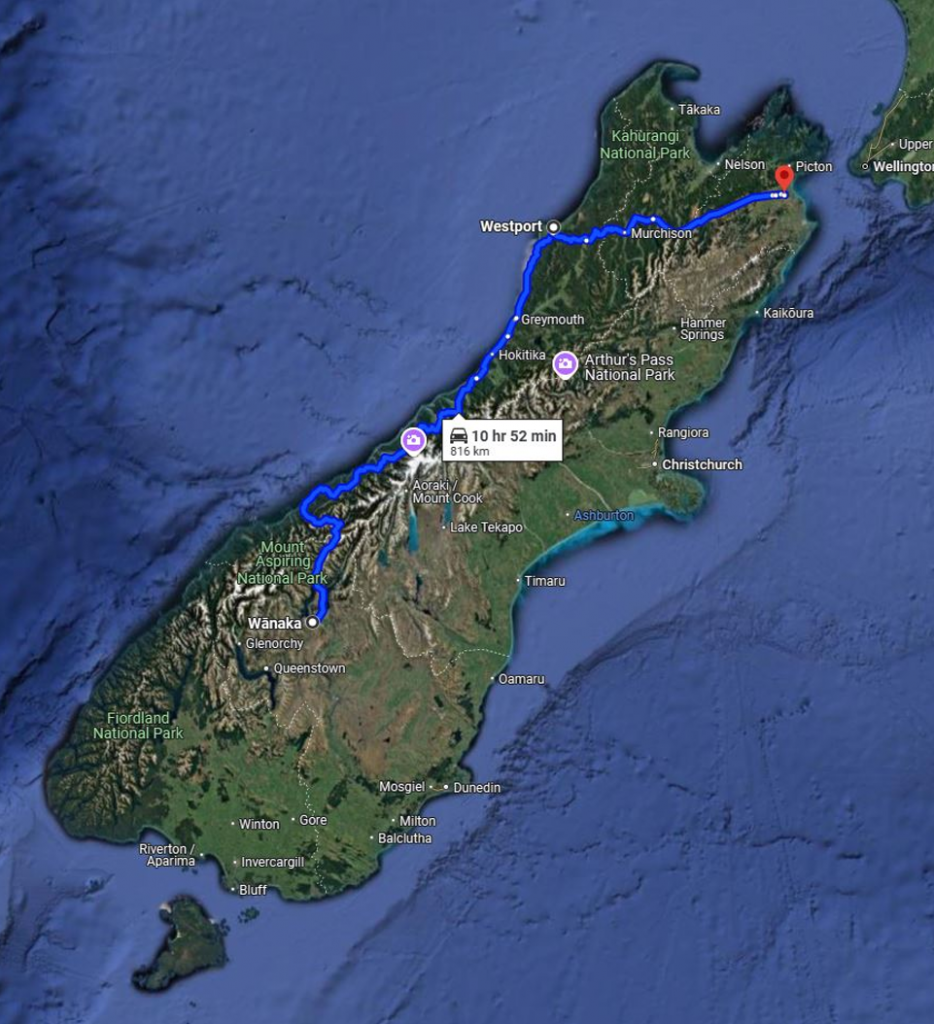
Figure 5: Map of West Coast, South Island Driving Route
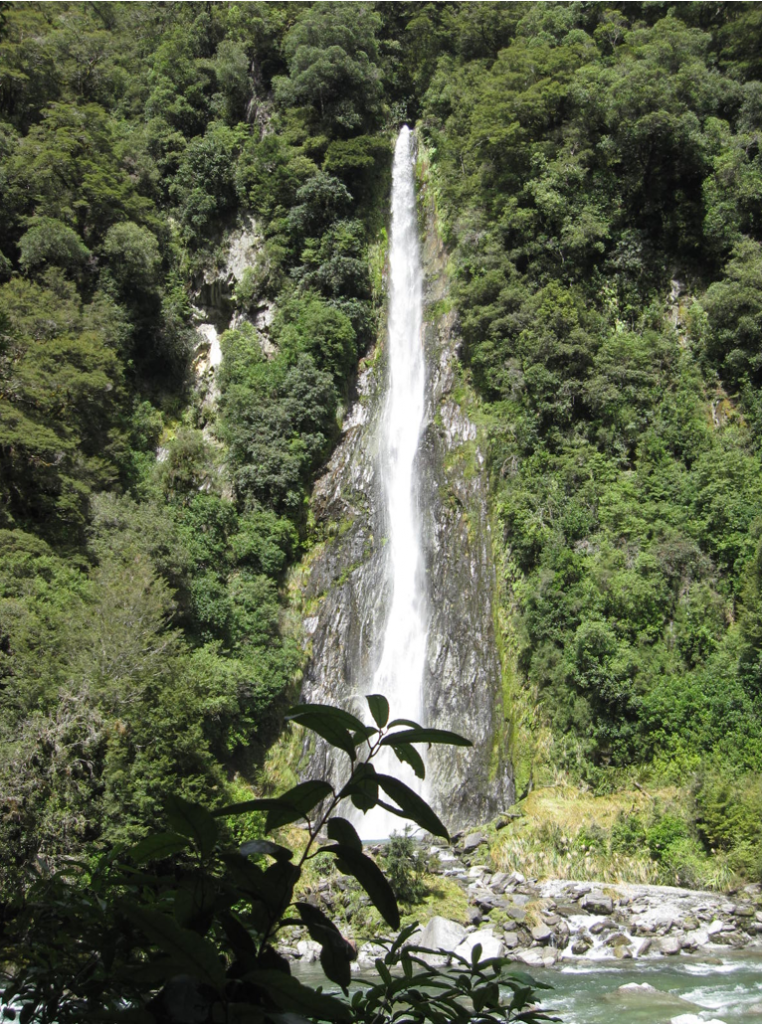
Figure 6: Thunder Creek Falls, West Coast South Island
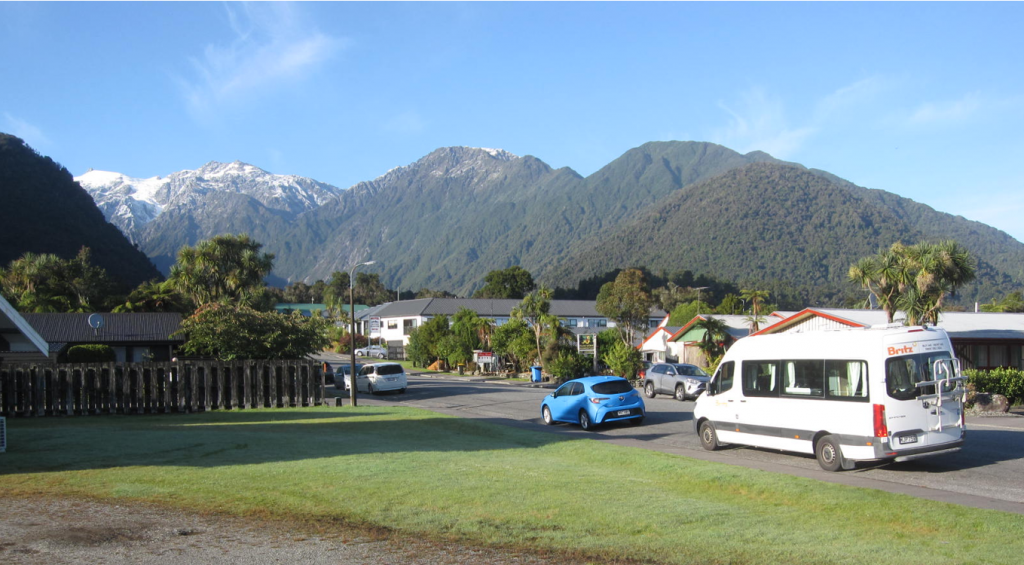
Figure 7: Mountain Scenery Franz Josef, West Coast
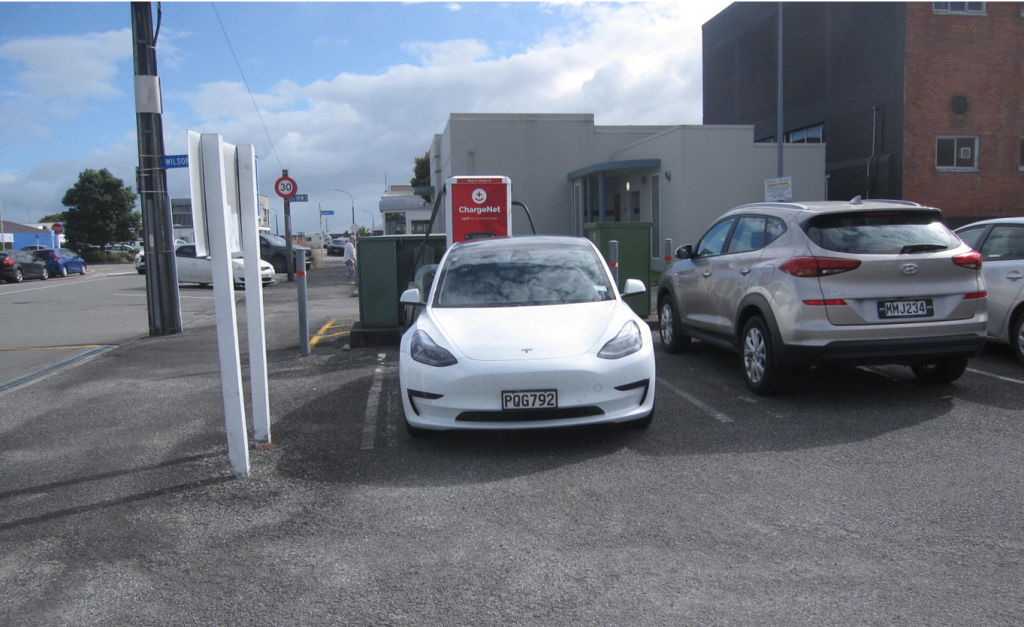
Figure 8: EV Charging Station Greymouth, West Coast
Russell Watson
6th March 2025
